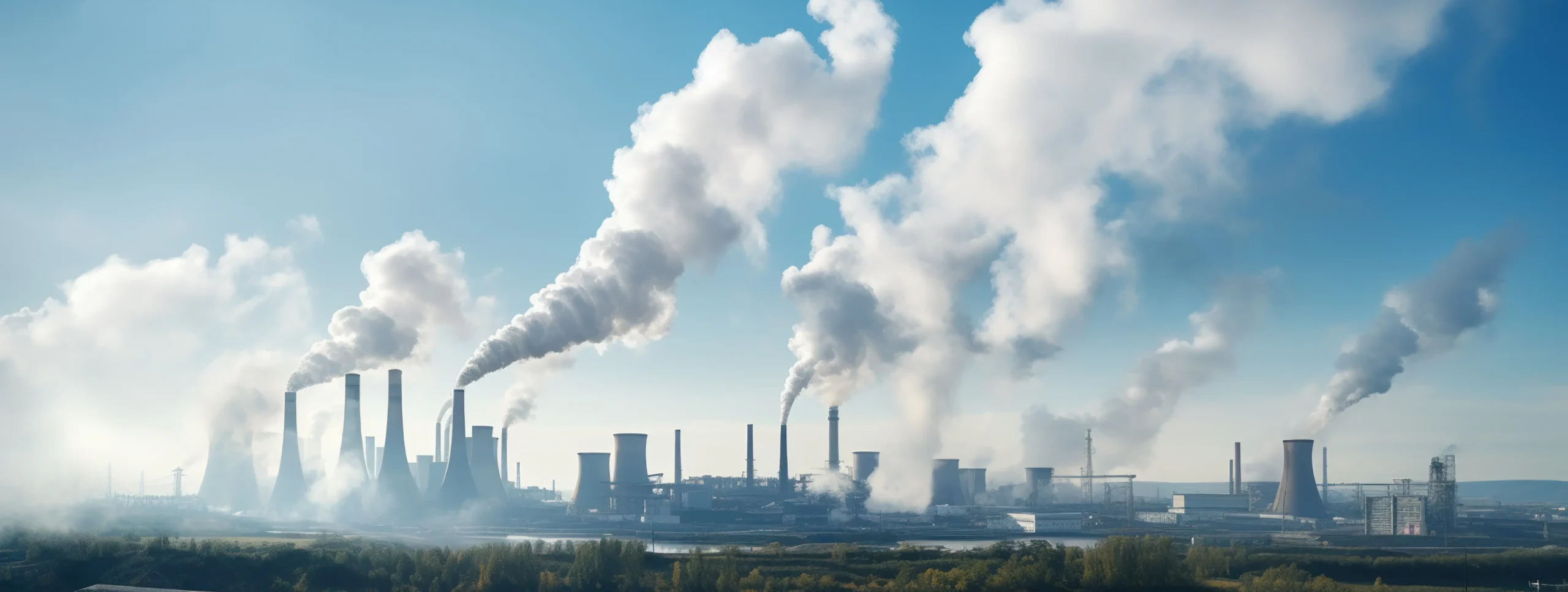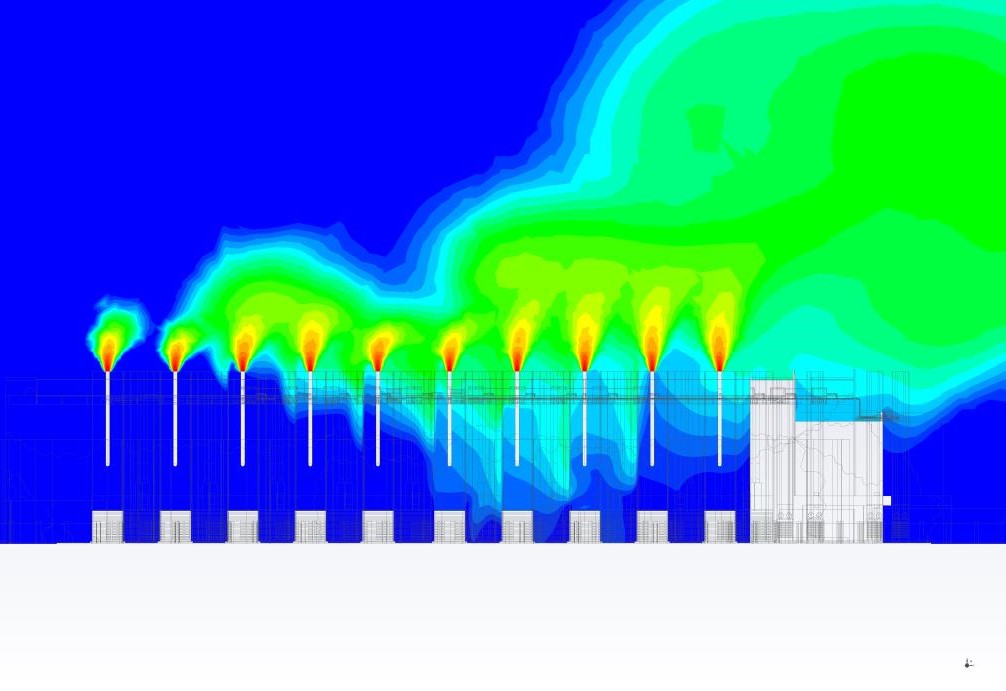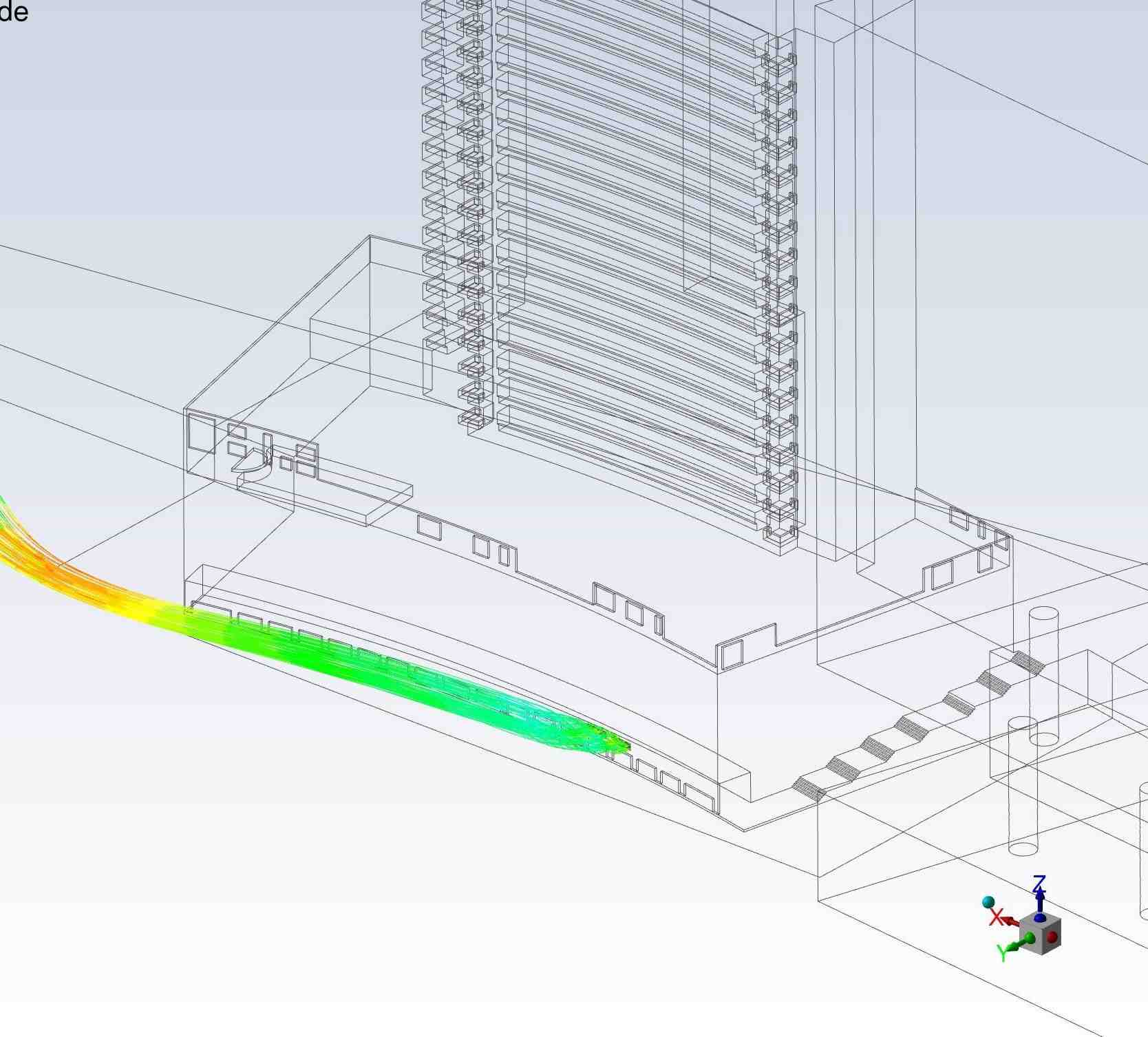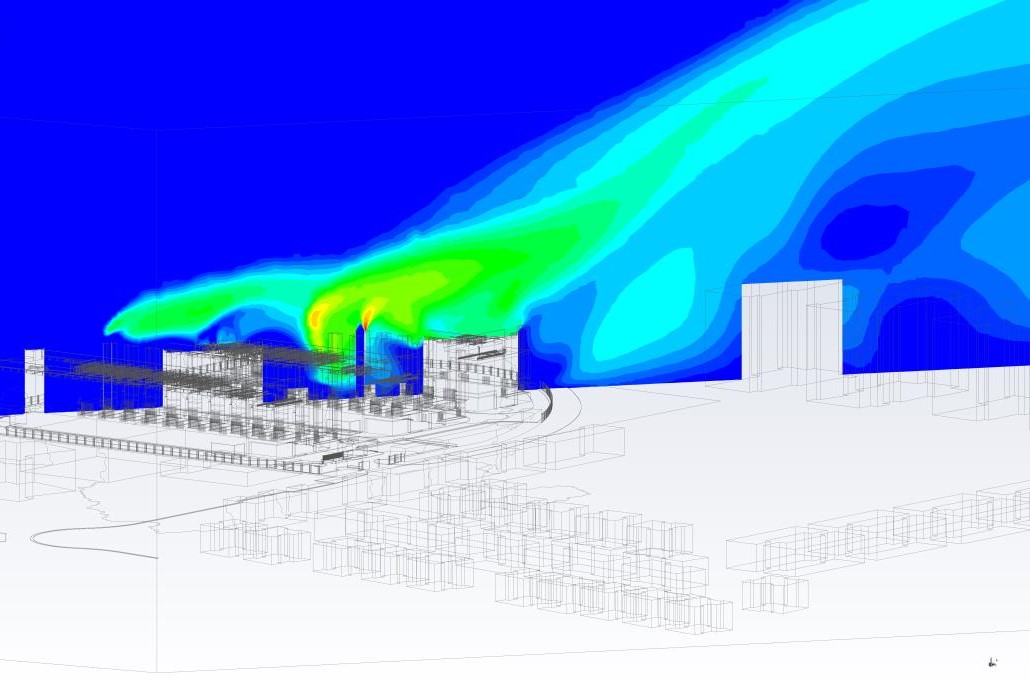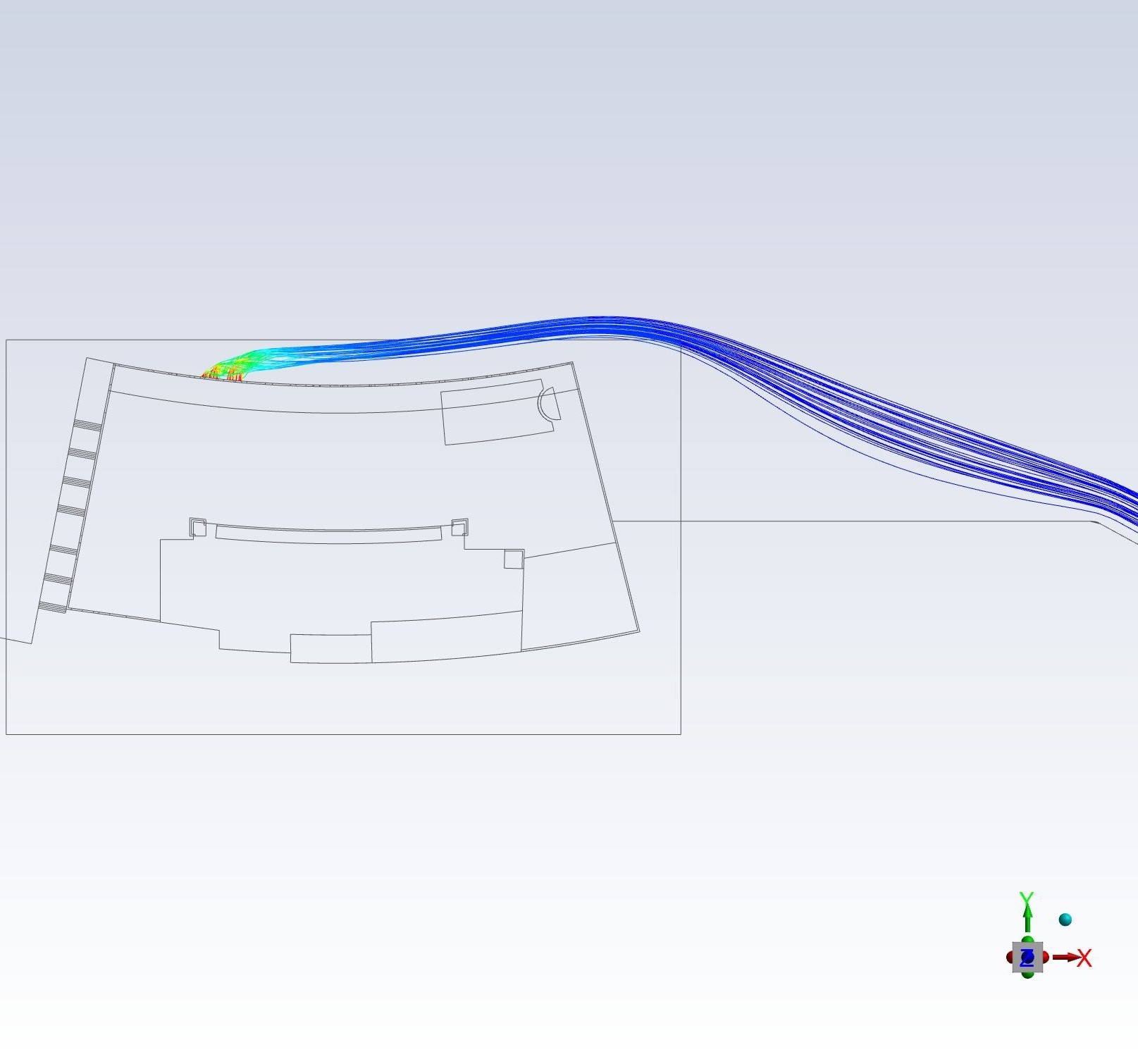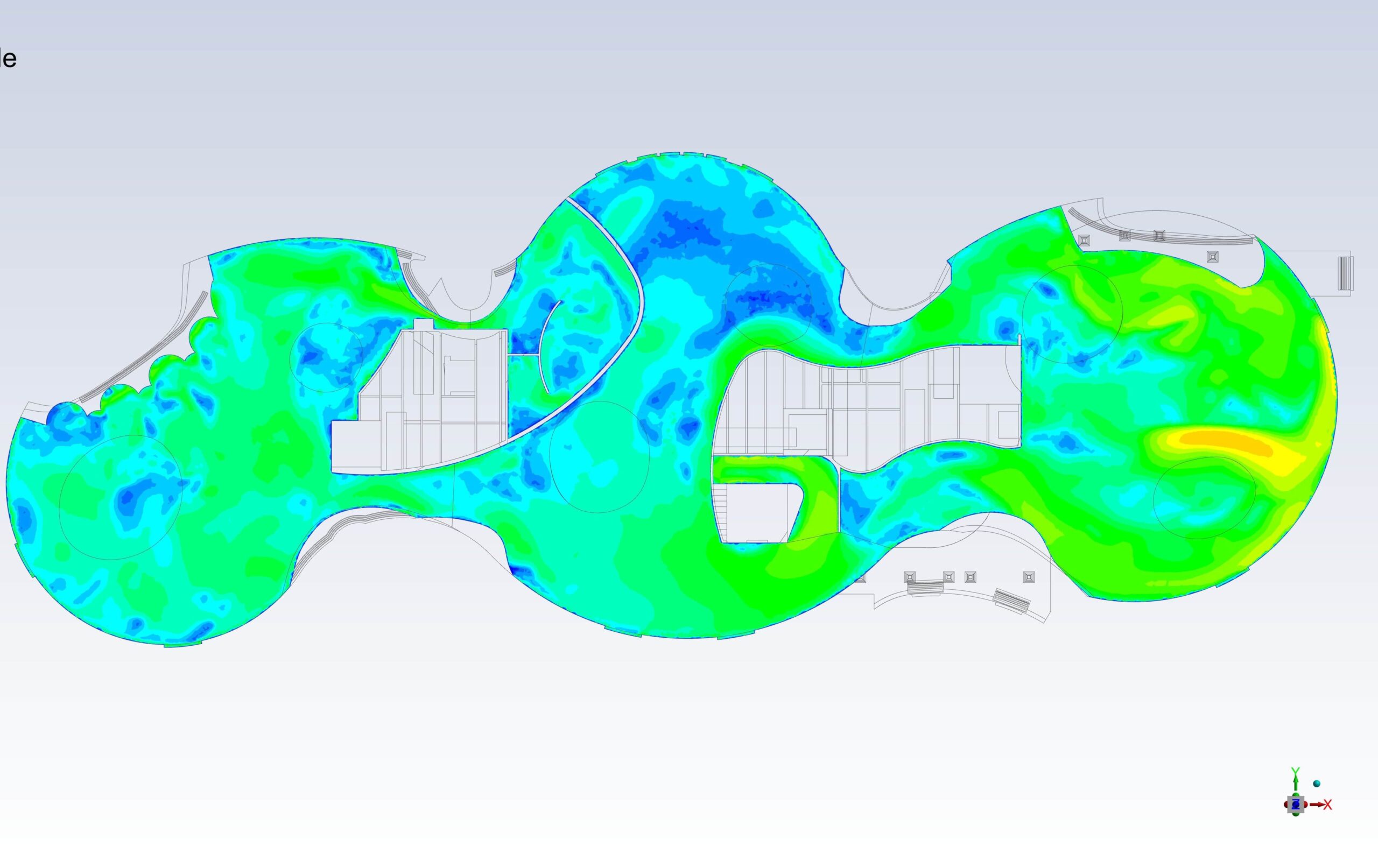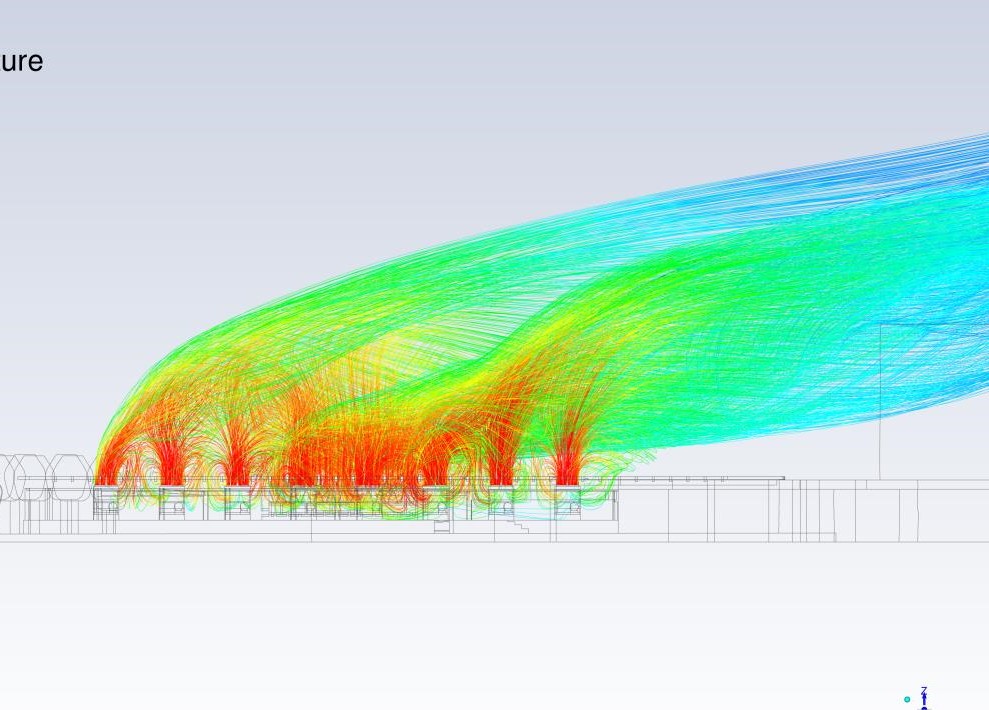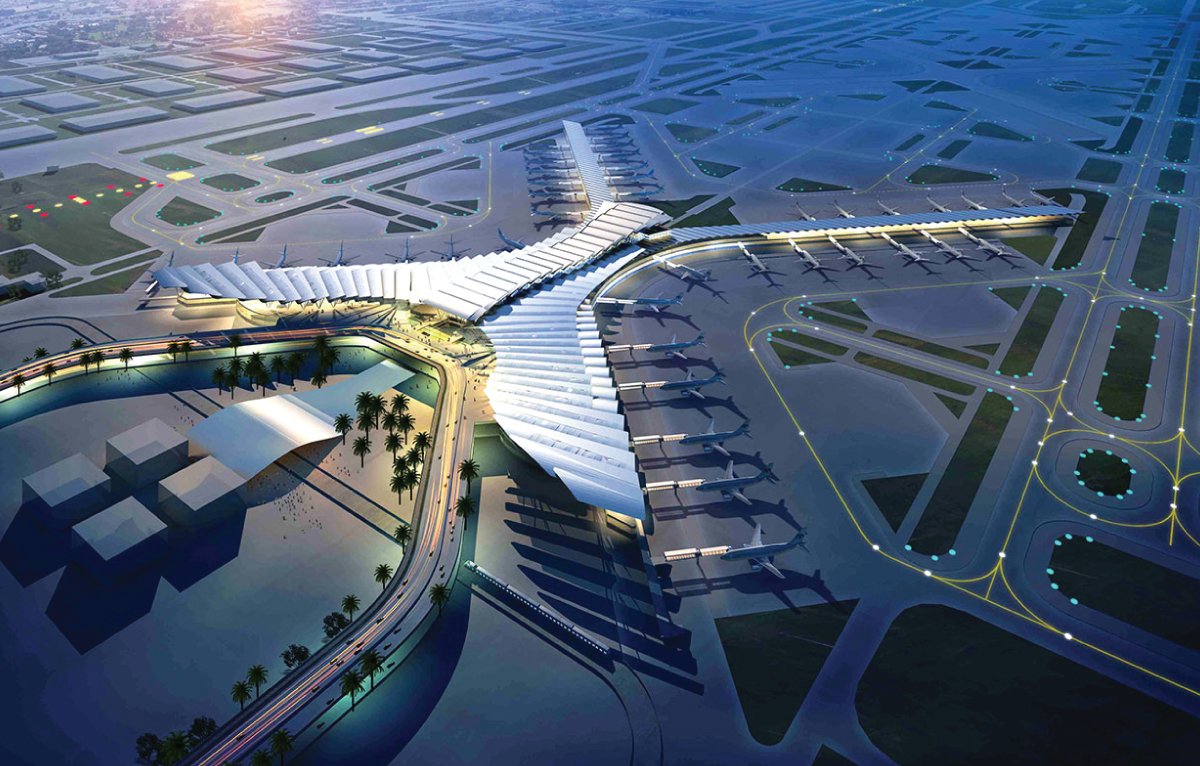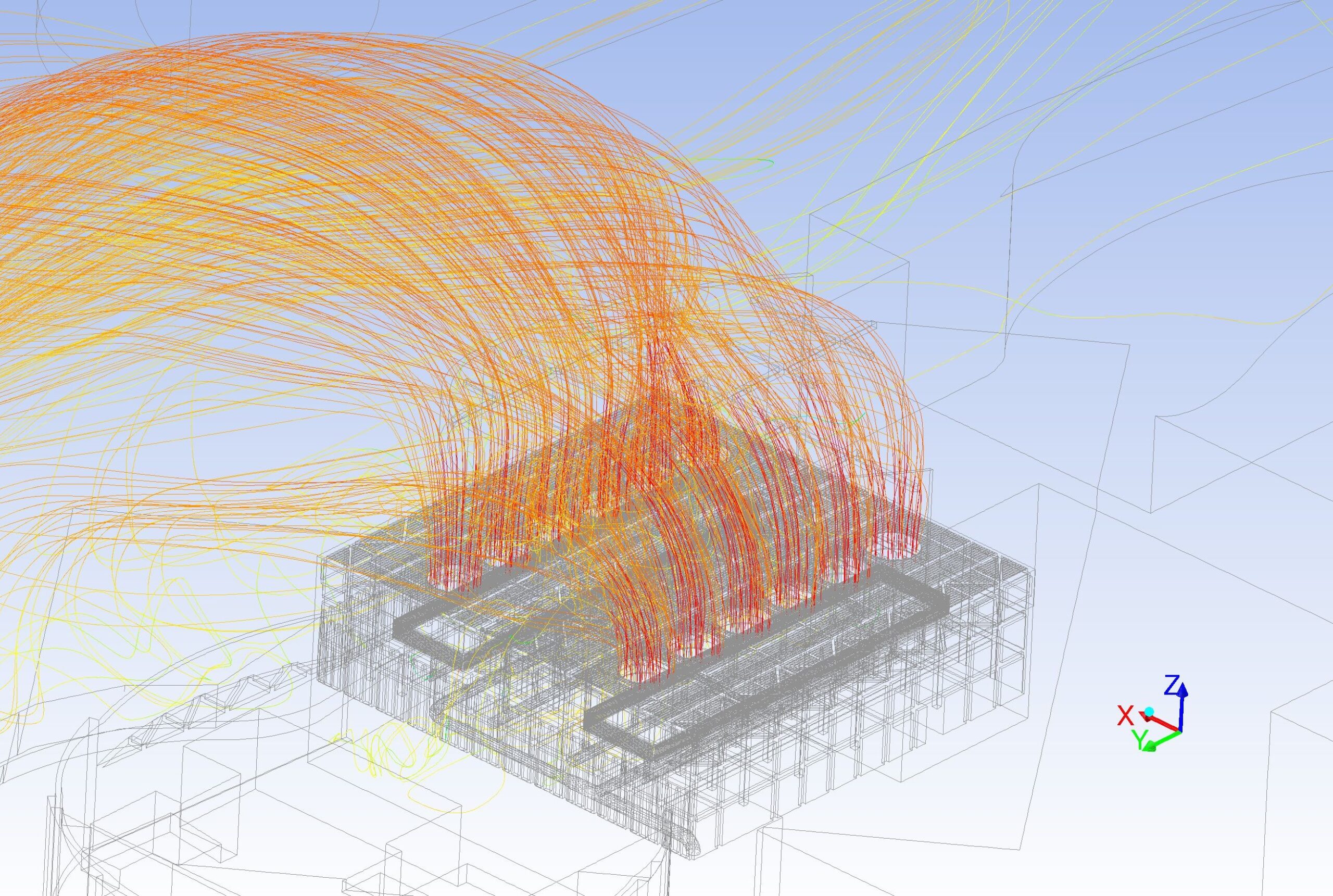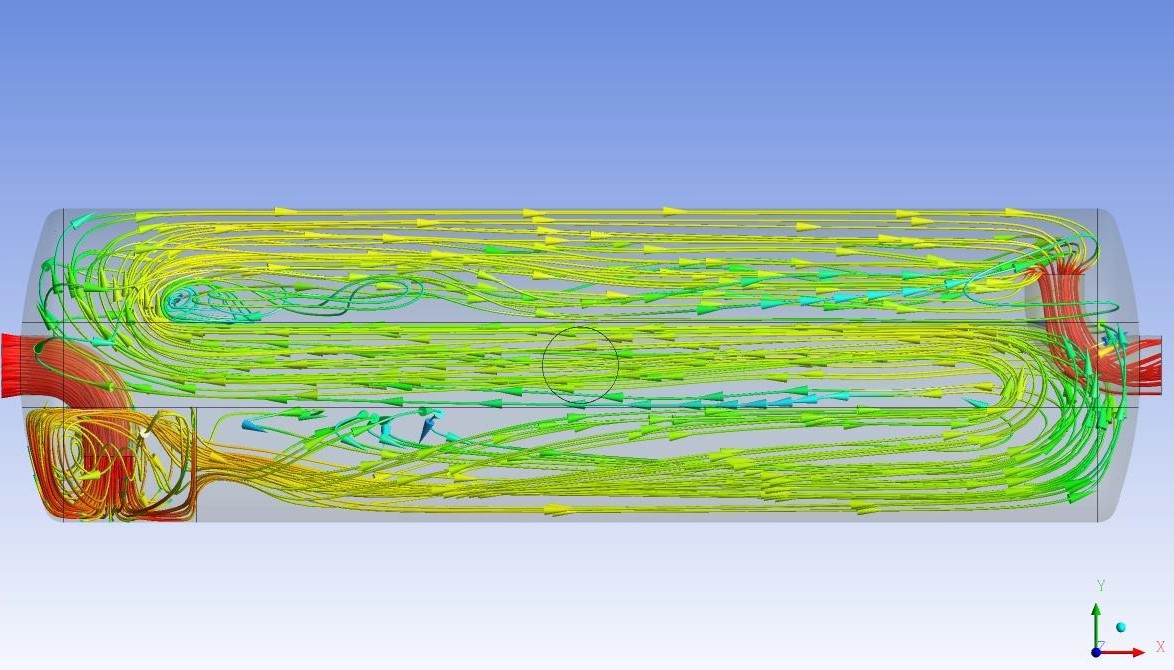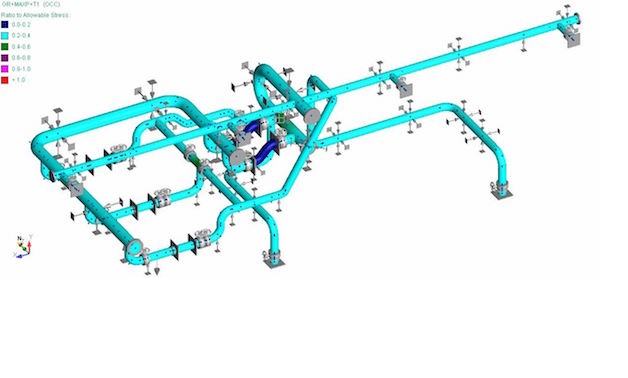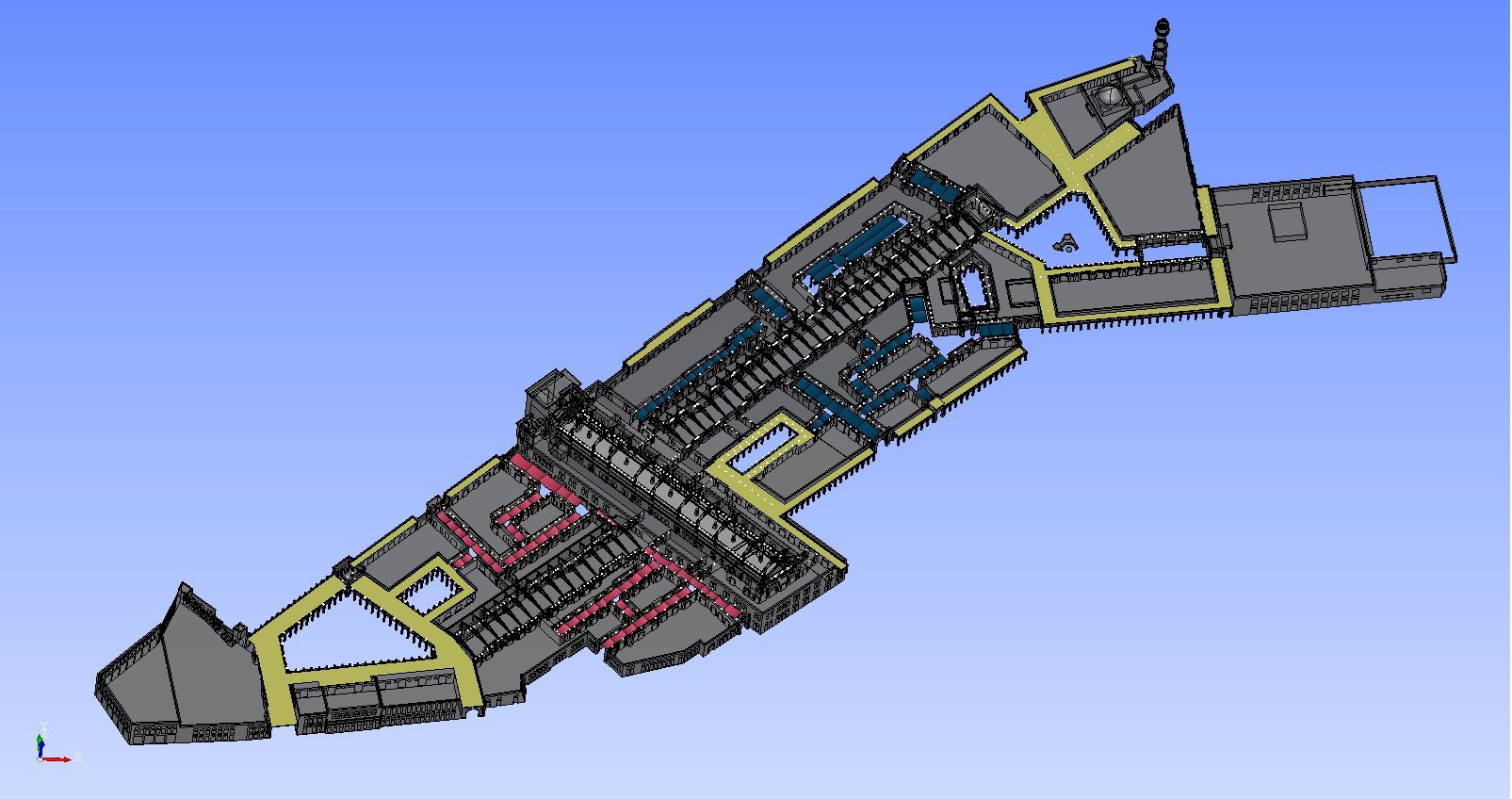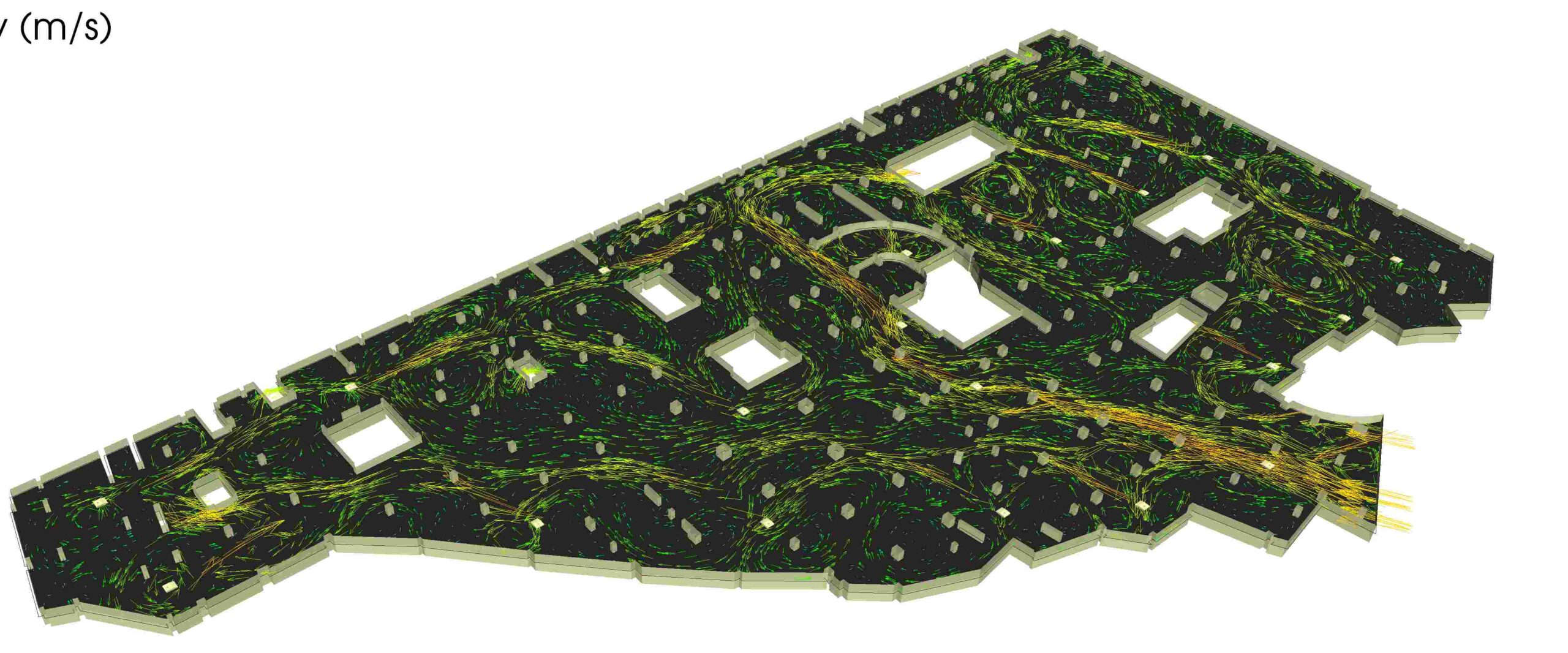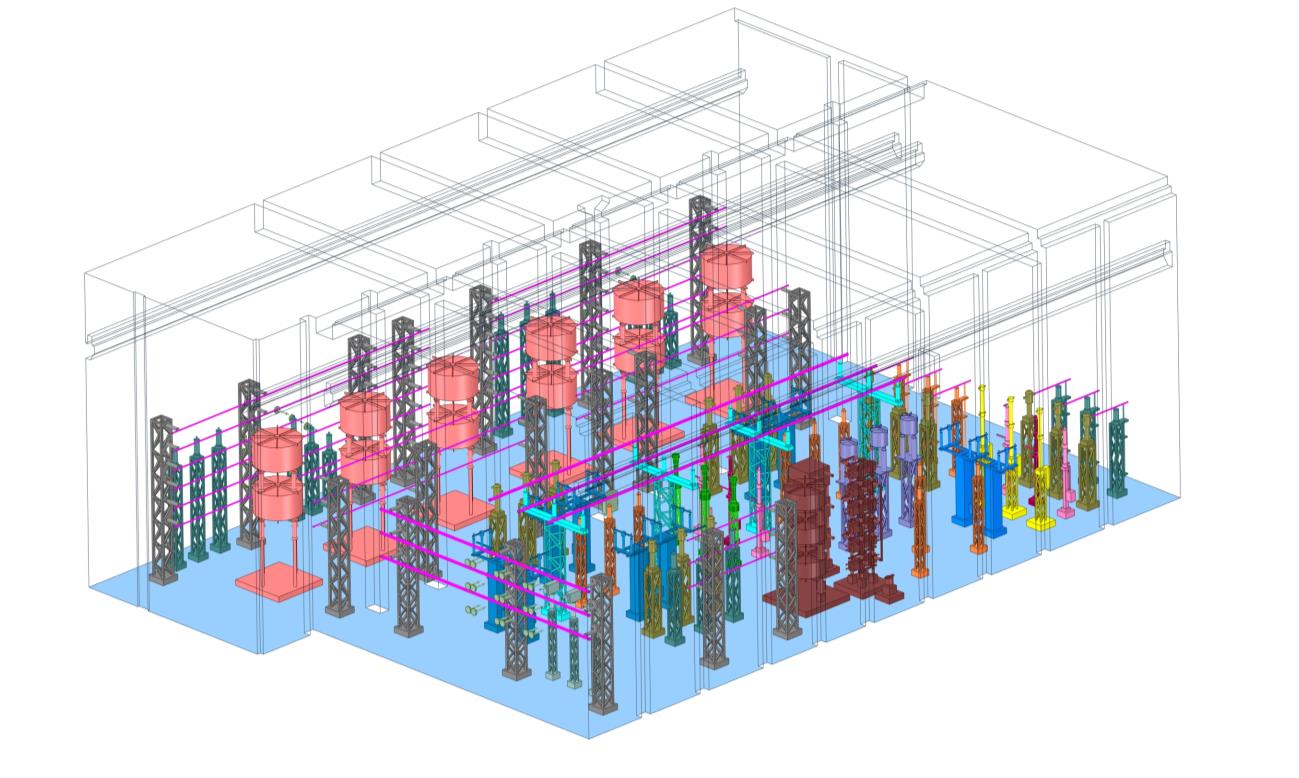Flue Gas Dispersion Analysis is essential for assessing the environmental impact of pollutants such as NOx, SOx, CO, CO2, particulate matter, and volatile organic compounds emitted from equipment including generators and kitchen exhaust systems. At Mechartes, we specialize in conducting comprehensive flue gas dispersion CFD (Computational Fluid Dynamics) analysis to assist designers in understanding and mitigating these impacts.
Our CFD analysis used advanced computational tools to create detailed environmental models that simulate the behavior and dispersion of flue gases under various conditions. By incorporating key parameters such as stack height, diameter, exit velocity, and pollutant concentrations, our simulations provide accurate predictions of pollutant dispersion patterns and concentrations.
Mechartes’ expertise in CFD analysis enables us to provide actionable insights and recommendations to meet the required standards as per World Health Organization (WHO) Air Quality Guidelines. We help designers determine optimal stack configurations and other mitigation measures to ensure compliance with environmental regulations and minimize adverse impacts on air quality. Our analyses consider various meteorological and topographical factors, ensuring a holistic understanding of pollutant behavior in real-world conditions.
Through our rigorous flue gas dispersion CFD analysis, Mechartes ensures that our clients can design and operate their facilities with confidence, knowing that they are taking proactive steps to protect the environment and public health.

